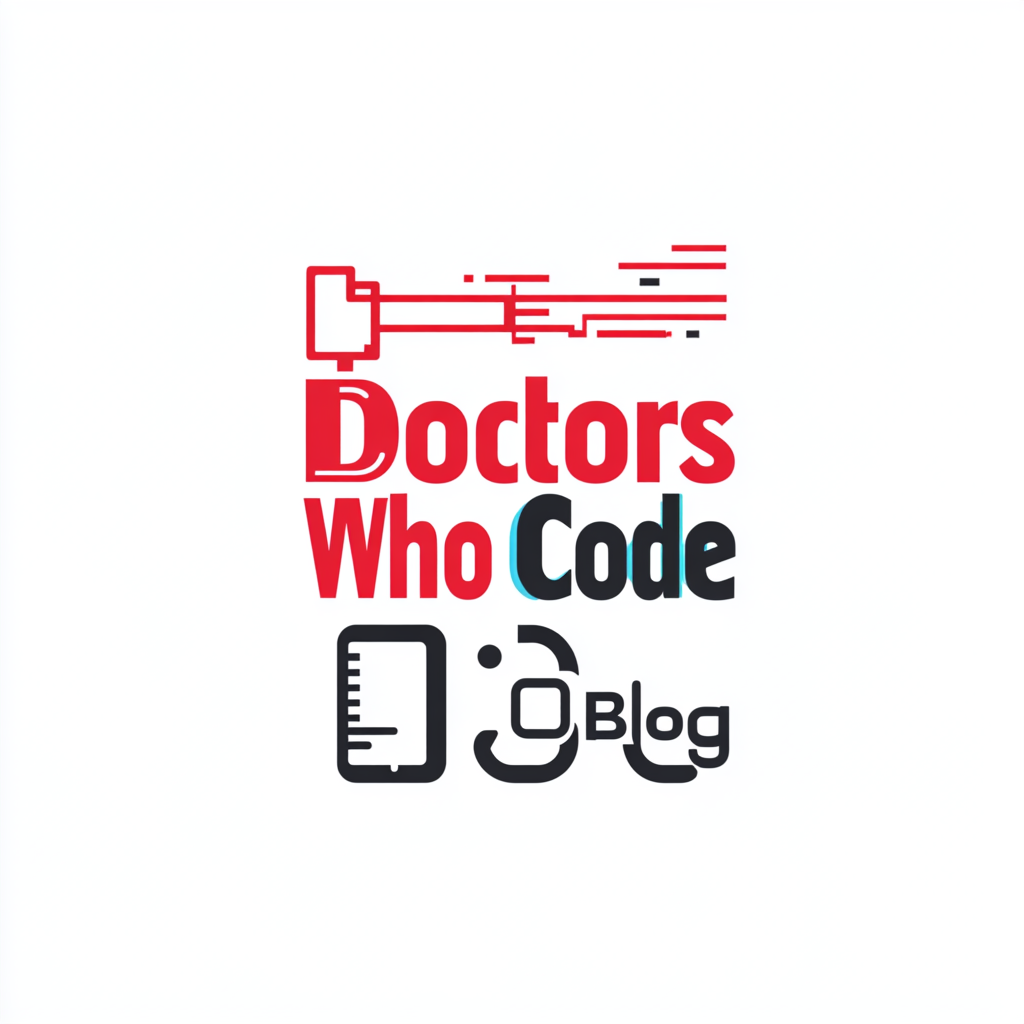A response to “Connecting with Fetus: The Use of App-Based Fetal Movement Counting and Experiences During Pregnancy and Birth” (2025)

Deep Dive Podcast:
Introduction
As physicians who code, we stand at a unique intersection of clinical practice and technological innovation. A recent study published in Midwifery (2025) on app-based fetal movement counting offers compelling insights into how digital tools can enhance maternal-fetal monitoring and improve the pregnancy experience. However, the study also reveals a critical gap: despite the benefits of regular fetal kick counting, compliance remains low, and there’s minimal integration with clinical workflows.
This presents an opportunity to leverage our dual expertise as clinicians and developers. In this post, I’ll outline how we can expand on existing fetal kick counter applications to create a comprehensive system that improves patient engagement and integrates seamlessly with Electronic Medical Record (EMR) systems to alert physicians about concerning patterns.
The Evidence for App-Based Fetal Kick Counting
The 2025 study analyzed data from the Count the Kicks (CTK) app, drawing insights from 1,147 participants:
- Positive Outcomes: Frequent fetal movement counting was associated with lower maternal anxiety, stronger maternal-fetal bonding, and healthier birth outcomes.
- Compliance Challenges: Most users counted fetal movements less than 21 days per month during the third trimester.
- Clinical Disconnect: The app generated valuable data but lacked direct integration with clinical care systems.
These findings suggest that app-based kick counting has major potential, but current implementations miss critical features needed for full clinical integration.
The Missing Link: EMR Integration and Clinical Alerts
As physicians who code, we recognize that the true value of health applications comes from bridging the gap between patient self-monitoring and clinical decision-making. Here’s how we can enhance fetal kick counter apps with EMR integration and intelligent alert systems:
1. Real-Time Data Synchronization with EMR
What you would need to do:
Write a function to send fetal kick count data from the patient’s app directly into the EMR using an API like FHIR (Fast Healthcare Interoperability Resources).
This would ensure that kick count data becomes part of the official medical record, easily accessible by care providers.
2. Intelligent Alert System for Clinicians
What you would need to do:
Create an algorithm that analyzes fetal movement patterns and automatically generates alerts for clinicians when concerning trends are detected, such as slower movement times or missed counting days.
This system would allow proactive clinical evaluation based on real-time data.
3. Advanced Alert Prioritization Based on Clinical Risk Factors
What you would need to do:
Build a scoring system that adjusts the urgency of alerts based on each patient’s clinical risk factors (e.g., hypertension, diabetes, previous stillbirth) and gestational age.
This prioritization would ensure that the most at-risk patients are flagged promptly without overwhelming clinicians with non-critical alerts.
4. Customizable Alert Thresholds for Different Practice Settings
What you would need to do:
Allow practices to customize alert thresholds depending on their patient population (e.g., high-risk MFM practices vs. general OB/GYN offices).
This flexibility would ensure that the system can be adapted to different clinical needs and reduce unnecessary alerts.
5. EMR-Integrated Dashboard for OB/GYNs
What you would need to do:
Design a dashboard within the EMR that provides:
- Color-coded patient lists highlighting concerning patterns
- Trend graphs showing fetal movement over time
- One-click access to detailed kick count history
- Integration with other clinical data like ultrasounds and vitals
- Tools for documenting clinical decisions based on movement data
This would give OB/GYNs a real-time, comprehensive view of fetal well-being.
6. Automated Clinical Decision Support
What you would need to do:
Develop a decision support system that recommends clinical actions based on the patient’s recent alerts, such as scheduling a Non-Stress Test (NST) or Biophysical Profile (BPP).
The system would help standardize care responses and improve clinical outcomes.
Improving Patient Compliance Through Better App Design
The study also highlighted poor compliance with daily kick counting. As physician-developers, we can address this through smarter application design:
1. Personalized Reminder System
What you would need to do:
Create an adaptive reminder system that personalizes notification timing based on user behavior and counting history to boost compliance.
2. Gamification and Positive Reinforcement
What you would need to do:
Add features like achievement badges, progress tracking through pregnancy milestones, optional social sharing, and personalized encouragement messages to keep users engaged.
3. Educational Content Integration
What you would need to do:
Embed timely educational content within the app explaining the importance of kick counting, its correlation with fetal well-being, and testimonials from other mothers.
Population Health Management Integration
Beyond individual patient care, aggregated kick count data can offer valuable population health insights.
What you would need to do:
Develop tools to:
- Aggregate compliance data across the practice
- Identify high-risk patients based on movement patterns
- Generate population health reports for quality improvement initiatives
This would allow practices to monitor trends and intervene earlier at a population level.
Implementation Strategy for Clinical Practice
For those looking to implement such a system, I recommend:
- Start with a Pilot Program: Test the system with a small group of high-risk patients.
- Measure Key Metrics: Track compliance rates, alert responsiveness, clinical outcomes, and satisfaction levels.
- Iterative Refinement: Continuously improve the system based on patient and clinician feedback.
- Address Privacy and Security: Ensure HIPAA-compliant data protection.
- Quality Improvement Tracking: Develop a tracking system to monitor the outcomes of clinical alerts and refine algorithms based on performance.
Conclusion
The 2025 study on app-based fetal kick counting shows that digital tools can significantly enhance pregnancy outcomes. As physicians who code, we have the opportunity to take this a step further by integrating fetal movement tracking with EMRs and intelligent alert systems.
By bridging patient self-monitoring with clinical workflows, we can create a connected maternal care ecosystem that reduces anxiety, improves outcomes, and empowers both patients and providers.
I invite fellow members of the Doctors Who Code community to share their experiences with similar integration projects or contribute ideas for enhancing this system. Together, we can create innovations that truly advance maternal-fetal care.
Dr. Chukwuma I. Onyeije, MD, FACOG
Maternal-Fetal Medicine Specialist & Healthcare Developer
Doctors Who Code Blog Contributor
https://fetalkickpro.com/

